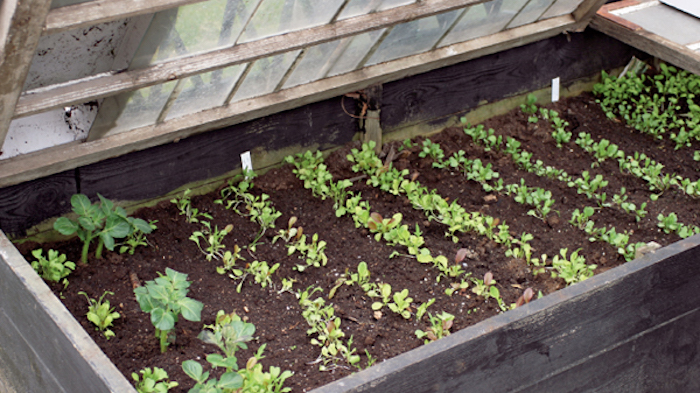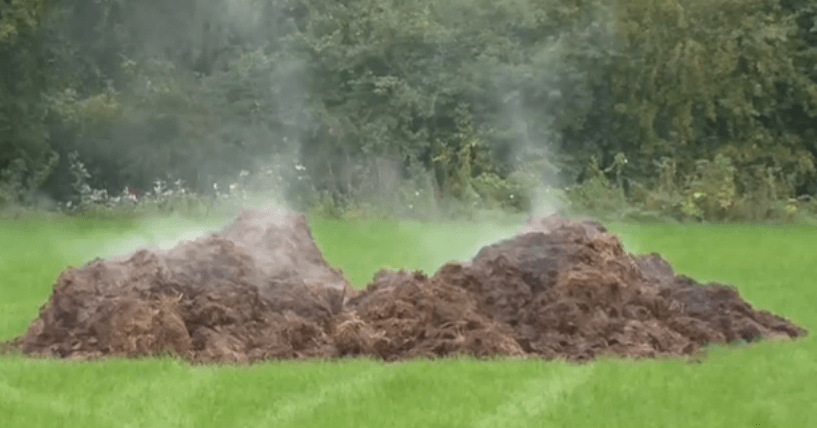Hot beds in the vegetable garden

Hot beds
Before the age of the car, people mostly went about on a horse. This meant there was a lot of horses and and a great deal of horse manure to find a use for. Victorian gardeners would quite often dig a 1 ft layer into their vegetable garden each year, and also use this abundance of manure to good affect, to grow early crops. We can still do the same nowadays, if enough horse manure can be found.
Horse manure has a quality which farmyard manure doesn’t, to the same extent. That is horse manure is a hot manure, even more so when mixed with straw. While fresh, the manure is very hot, and too new for digging in. A very good use for it in the meantime, is to use that heat to force some early crops. To grow these early crops we create a ‘Hot Bed’.
This is simply a case of placing a cold frame over a stack of horse manure, placing 15 to 20 cm of top soil on the top of the manure and waiting for the heat within the manure to warm up the soil and to some extent the air inside the frame as well. There is no use in having a stack of horse manure less than 4 feet deep, or insufficient heat will be generated.
The sack should also be a good deal wider in each direction than the frame which is placed on it. After preparing the frame with soil, a cane should be plunged through the soil and into the manure below to about 15cm. When pulled out the cane should be hot near to its tip, but not too hot to hold. At this stage the bed is ready for sowing. If the cane is too hot then wait a while longer for the heat from within the manure to work through the soil.
Choose quick maturing and short rooted varieties of whatever vegetables are being grown. Sowing can begin as early as January in favourable areas, although February will be more usual. The heat generated within the frame will be enough to melt snow from the glass. A crop can be produced as much as 6 weeks earlier than in a normal cold frame.
